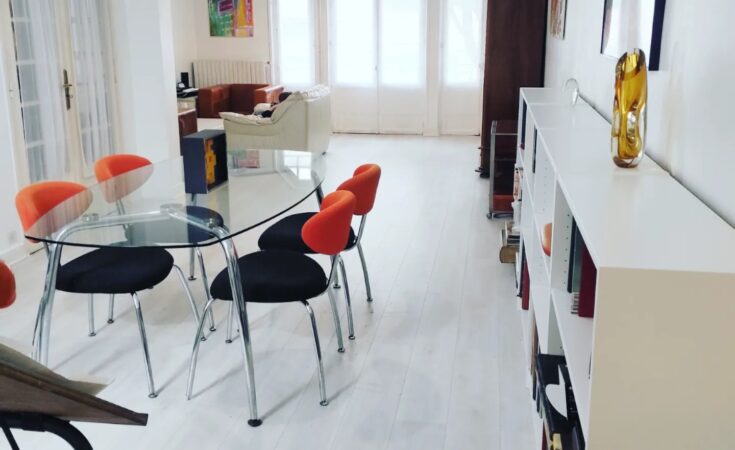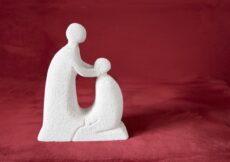For the past seven years, I’ve been fortunate enough to own a beautiful, spacious Art Nouveau home in Vichy, in the Allier region of France. Vichy is an elegant spa town, renowned for its peaceful atmosphere and quality of life—an ideal place to relax and recharge.
Unlike many other areas in France, Vichy has remained relatively untouched by the growing issues affecting the rest of the country, such as insecurity, incivility, or people taking advantage of the system without contributing. Life here is truly beautiful.
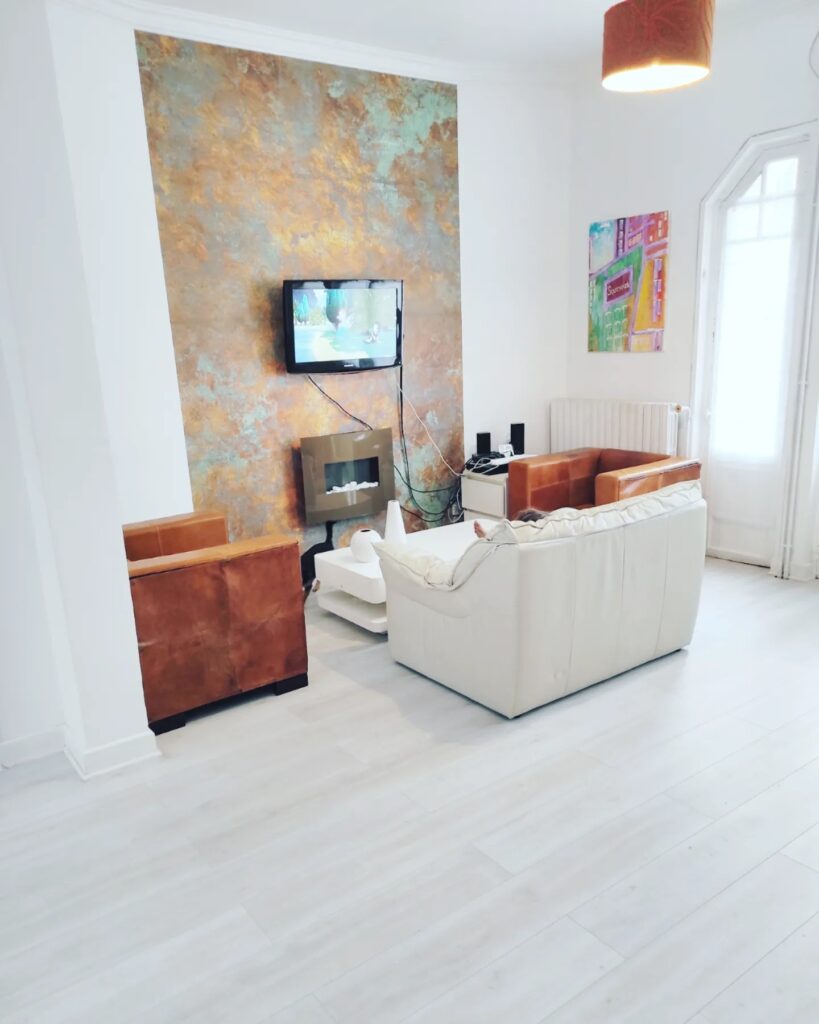
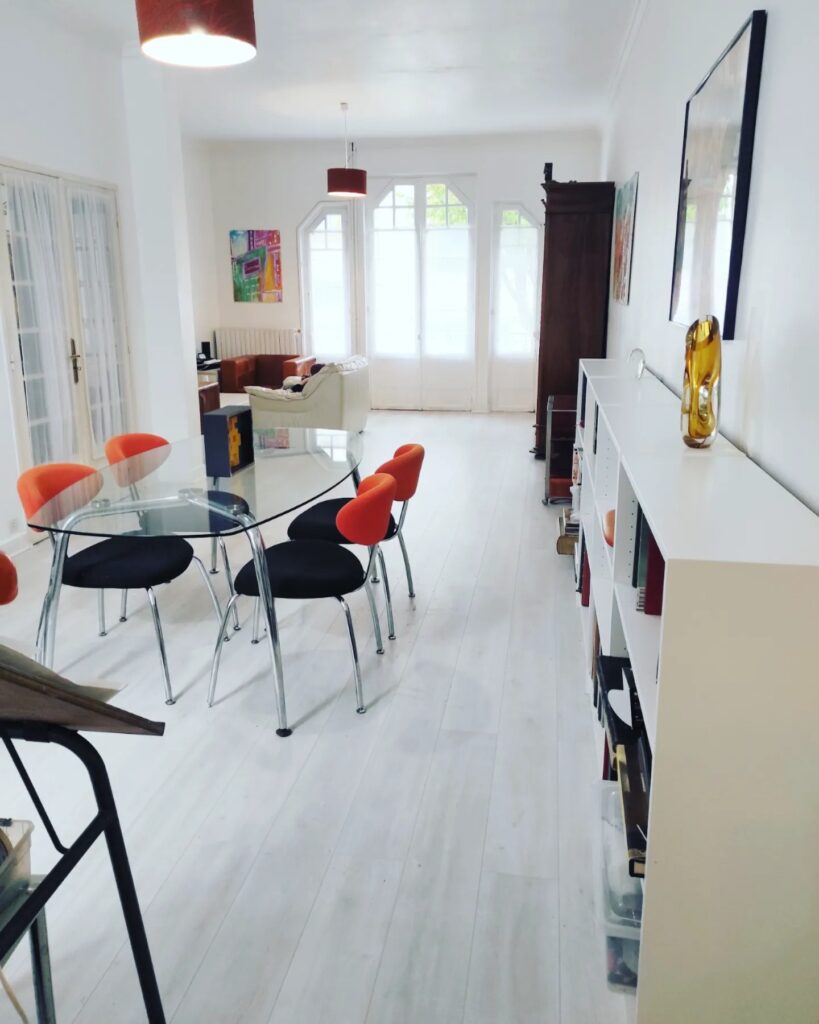
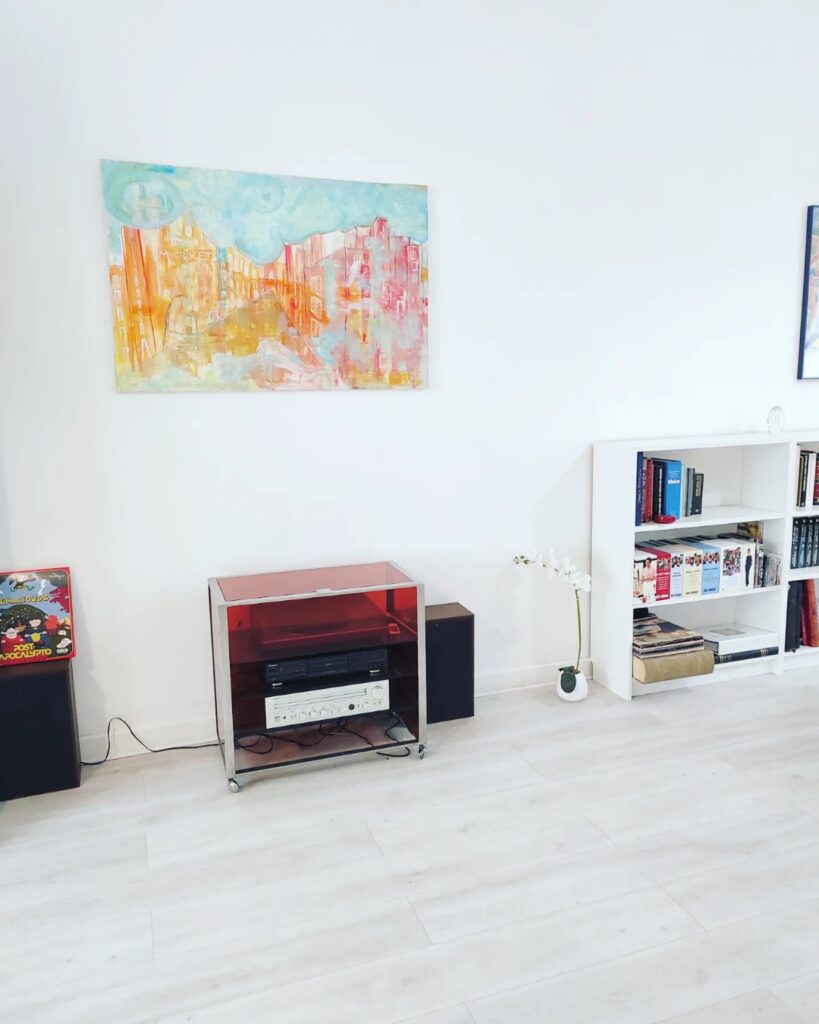
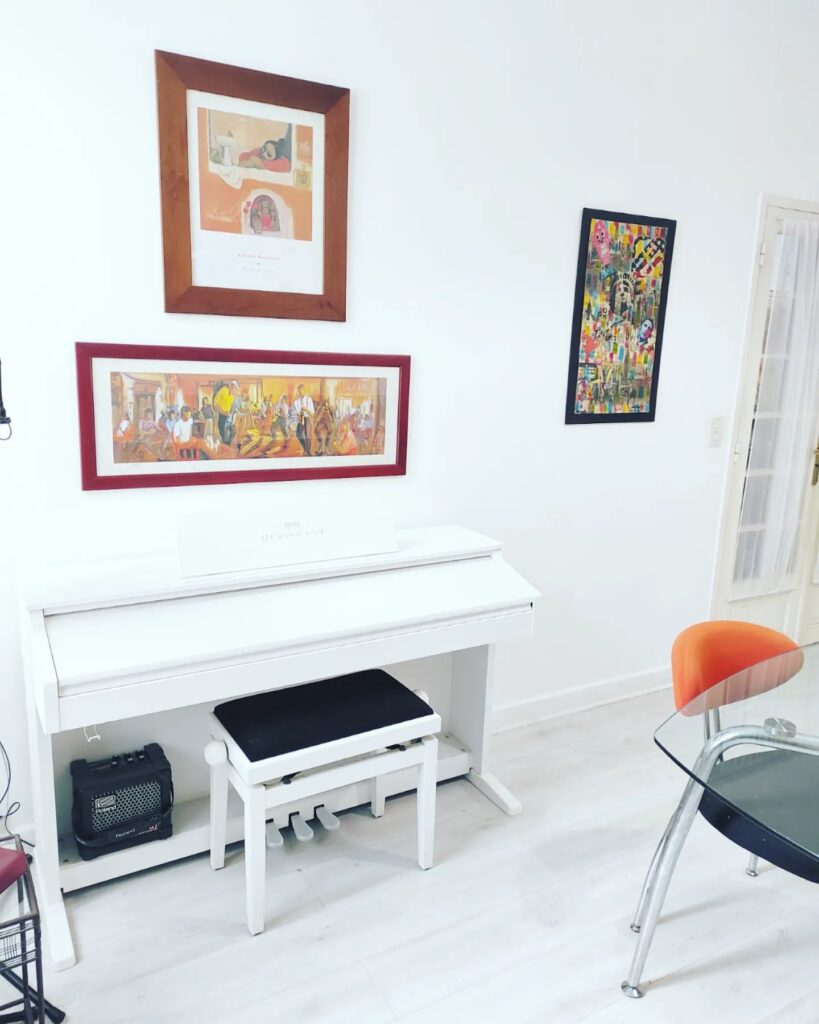
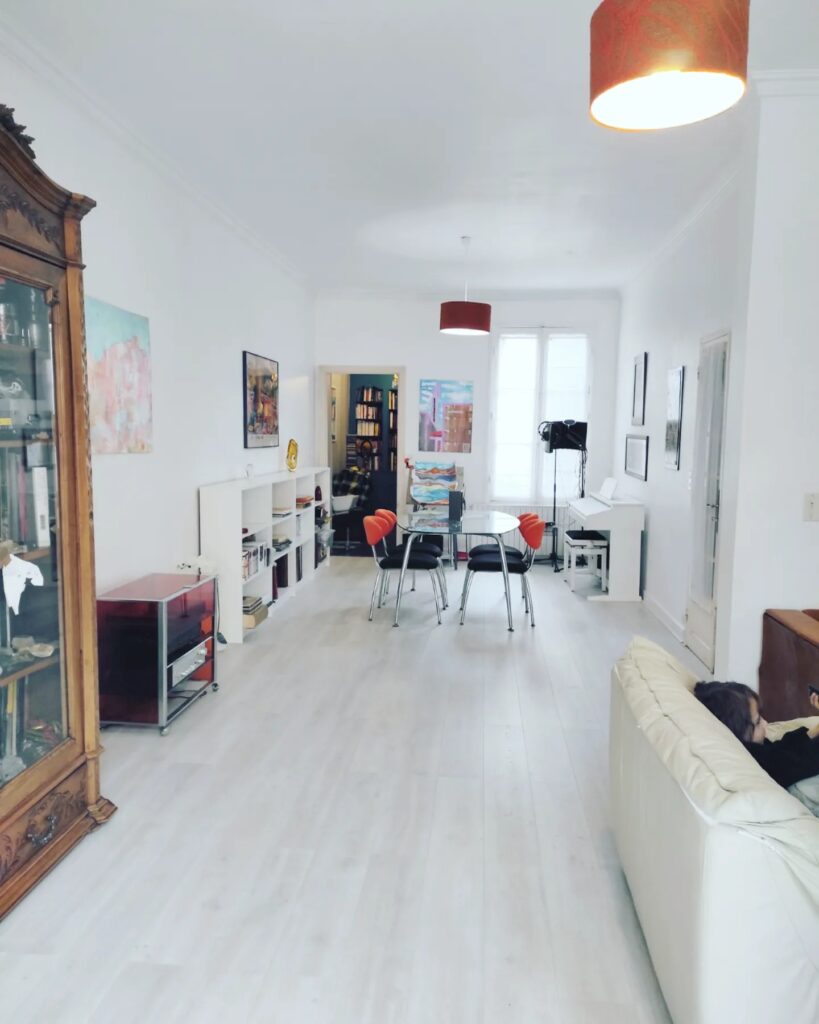
When we first moved in, I was absolutely in love with the home’s minimalist aesthetic. But over the years—seven of them!—we’ve managed to accumulate quite a bit. Below, you’ll see a photo of our living room back in its minimalist glory. This summer, my personal challenge is to declutter: to clear out everything that no longer serves a purpose and restore that airy, open feeling in our home—even with two kids!
As a writer and therapist, I’m often invited to give interviews for magazines and bloggers. My work requires clarity and calm, and I’ve found that having a clean, minimalist environment helps me think more clearly, write more freely, and sleep more peacefully.
So today, I’m sharing my favorite tips for creating—and maintaining—a minimalist home, with fewer distractions and less mental clutter. Because yes, it’s possible to live simply and beautifully, even with a family.
Let’s be honest—keeping a tidy, minimalist home with kids feels a bit like chasing a unicorn. Toys multiply overnight, laundry seems to clone itself, and just when you’ve cleaned up, someone spills cereal on the floor. But here’s the good news: it is possible to maintain a minimalist, peaceful environment at home even with two children. The secret? It’s not about perfection—it’s about strategy and consistency.
Here are 5 no-nonsense tips that will help you declutter, clean, and stay sane in a house with young kids:
1. Ruthlessly Declutter—Then Donate Immediately
What to do: Walk through your home with a large donation bag every two weeks. Look at every shelf, drawer, and toy bin. If it hasn’t been used or played with in the last 30 days, it goes.
Be concrete:
- Broken toys? Trash.
- Duplicate coloring books? Keep one.
- That loud toy from Grandma that drives you nuts? Donate (politely).
- Your child’s old baby clothes you “might use someday”? Let them go.
Why it works: A home can’t be tidy if there’s too much stuff. Giving unused items a new life elsewhere creates space and a cleaner visual environment for your family.
2. Create a “Time-Wasting Objects” List
What to do: Start paying attention to which items in your home cause you stress or waste your time. It could be a toy with 15 pieces that never stay together or a drawer full of tangled cords.
Be concrete:
- That giant toy garage no one plays with but blocks the hallway? Time to go.
- The kitchen drawer you dig through for 10 minutes just to find a pen? Clear it out.
- The bookshelf of unread parenting books? Donate most and keep one or two that truly serve you.
Why it works: Many of us don’t realize how much mental load our stuff creates. By naming and removing objects that drain you—even a little—you regain time and energy.
3. Apply the “One In, One Out” Rule
What to do: Every time a new item enters the house—clothes, books, toys—one existing item must go.
Be concrete:
- Birthday gifts? Ask your child to choose one old toy to donate.
- New clothes for your kids? Pull out one or two pieces they’ve outgrown or never wear.
- Holiday decorations? Remove the ones you didn’t use last year.
Why it works: This rule keeps clutter from creeping back in. It also teaches kids (gently) that we don’t need to hold on to everything.
4. Designate a 10-Minute Daily Reset Routine
What to do: Set a timer for 10 minutes every evening after dinner. Everyone in the family participates. The goal? Restore the house to “baseline tidy.”
Be concrete:
- Kids put toys back in bins.
- You wipe counters and do a quick sweep of the floor.
- Shoes go back on the shelf. Clothes get tossed in the laundry basket.
Why it works: Ten minutes daily prevents the mess from piling up—and teaches kids that cleaning up is a shared responsibility, not just “Mom’s job.”
5. Create Zones (and Respect Them)
What to do: Clearly define zones in your home: a toy zone, a quiet reading corner, a “no-toys-in-here” adult space like your bedroom.
Be concrete:
- Use baskets, rugs, or shelves to visually mark these areas.
- Rotate toys every 2–3 weeks to keep interest high without cluttering the play zone.
- Let your bedroom be toy-free, always.
Why it works: Kids thrive on structure. When they know where things go and where activities happen, they’re more likely to follow the flow—and your home feels calmer.
Final Thought
Minimalism with kids isn’t about having a showroom-perfect home. It’s about creating a space where everyone feels more peace, less stress, and more time for what matters. Your house will still get messy (because life happens), but with these habits in place, it won’t stay messy—and that’s what makes the difference.

